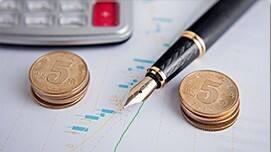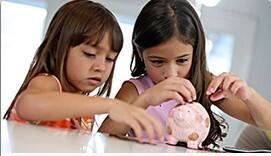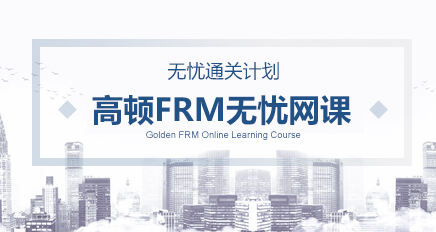C2模擬題(四)
Question 31
In July year 1, a company sold goods at VAT rate with a net value of $200,000, goods exempt from VAT with a value of $£50,000 and goods at zero VAT rate with a net value of $25,000.
The purchases in July year 1, which were all subject to VAT, were $161,000, including VAT. Assume that the rate of VAT is 15%.
The difference between VAT input tax and VAT output tax is
A. Dr £9,000
B. Cr £5,850
C. Cr £9,000
D. None of these
Question 32
S purchased equipment for $80,000 on 1 July year 1. The company‟s accounting year end is 31 December. It is S„s policy to charge a full year‟s depreciation in the year of purchase. S depreciates its equipment on the reducing balance basis at 25% per annum.
What is the net book value of the equipment at 31 December year 4?
A. Nil
B. $25,312
C. $29,531
D. $33,750
Question 33
H began trading on 1 July. The company is now preparing its accounts for the accounting year ended 30 June year 1. Rent is charged for the year from 1 April to 31 March, and was $1,800 for the year ended 31 March year 1 and $2,000 for the year ended 31 March year 2. Rent is payable quarterly in advance, plus any arrears, on 1 March, 1 June, 1 September and 1 December.
The charge to H „S income statement for rent for the year ended 30 June year 2 is
A. $1,650
B. $1,700
C. $1,850
D. $1,900
Question 34
The following information related to Q for the year ended 28 February: For use
$
Prime cost 122,000
Factory/production overheads 185,000
Opening work-in-progress 40,000
Factory cost of goods completed 300,000
What is the closing work-in-progress for Q?
Question 35
The profit of a business may be calculated by using which one of the following formulae?
A. Opening capital - drawings + capital introduced - closing capital
B. Closing capital + drawings - capital introduced - opening capital
C. Opening capital + drawings - capital introduced - closing capital
D. Closing capital - drawings + capital introduced - opening capital
Question 36
On 1 June year 1, H paid an insurance invoice of $2,400 for the year to 31 May year 2. What is the charge to the income statement and the entry in the financial statement for the year ended 31 December year 1?
A. $1,000 income statement and prepayment of $1,400.
B. $1,400 income statement and accrual of $1,000.
C. $1,400 income statement and prepayment of $1,000.
D. $2,400 income statement and no entry in the statement of financial position.
Question 37
The following information at 5 January year 3 relates to a club, which has a year end of 31 December year 2:
$
Subscriptions for year 1 unpaid at January year 2 300
Subscriptions for year 1 paid during the year ended 31 December year 2 250
Subscriptions for year 2 paid during the year ended 31 December year 2 6,000
Subscriptions for year 3 paid during the year ended 31 December year 2 1,000
Subscriptions for year 2 unpaid at 31 December year 2 750
It is the club‟s policy to write off overdue subscriptions after one year.
What amount should be credited to the income and expenditure account for 31 December year 2?
A. $6,250
B. $6,750
C. $7,050
D. $7,250
Question 38
On the first day of Month 1, a business had prepaid insurance of $10,000. On the first day of Month 8, it paid, in full, the annual insurance invoice of $36,000, to cover the following year.
What is the amount charged in the income statement and the prepayment shown in the statement of financial position at the year end
IS $ SFP$
A. 5,000 24,000
B. 22,000 23,000
C. 25,000 21,000
D. 36,000 15,000
Question 39
SAD paid $240,000 in net wages to its employees in August. Employees‟ tax was $24,000, employees‟ national insurance was $12,000 and employer‟s national insurance was $14,000. Employees had contributed $6,000 to a pension scheme and had voluntarily asked for $3,000 to be deducted for charitable giving.
What is the amount of wages expense to be charged to the income statement in August?
A. $285,000
B. $293,000
C. $296,000
D. $299,000
Question 40
Which ONE of the following formulae correctly expresses the relationship between the return on capital employed (ROCE), net profit margin (NPM) and asset turnover (AT)?
A. ROCE = NPM ÷ AT
B. ROCE = NPM + AT
C. ROCE = NPM x AT
D. ROCE = NPM – AT

















